How a cutting-edge treatment saved one girl’s life – and countless others
The Warnells were distraught when their child was given a death sentence - but then they took her to GOSH
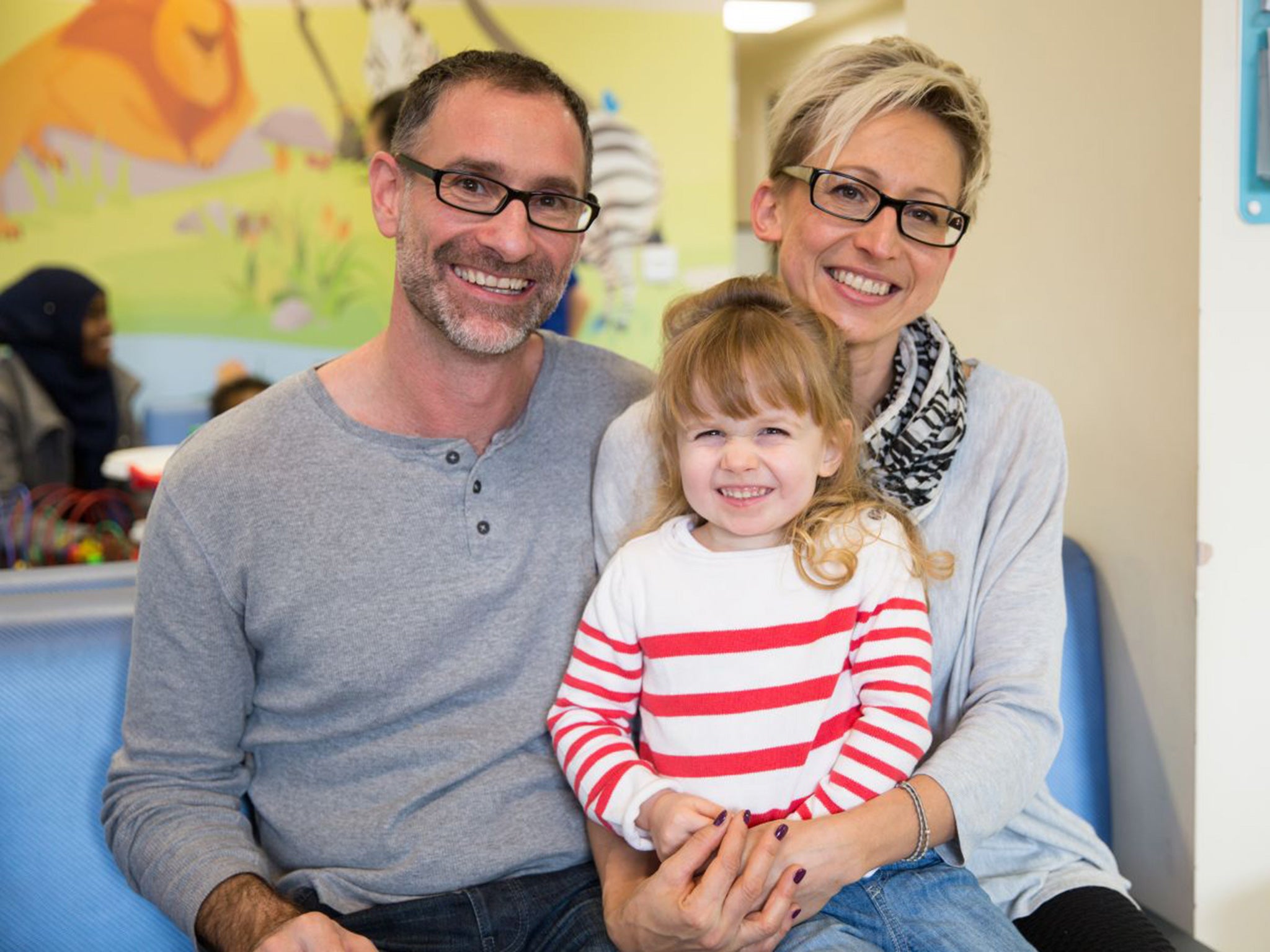
When Graeme and Aga Warnell were told by doctors that their newborn baby Nina could die within weeks and that her only hope was a risky bone marrow transplant, they refused to accept what they were told.
Instead the couple set out to learn everything they could about the rare genetic condition – one that left their daughter without an immune system. After studying medical journals they tracked down a cutting-edge gene therapy treatment at Great Ormond Street Hospital (GOSH).
This was in early 2013 and the couple where living in Poland, where Nina was diagnosed with the condition ADA SCID and was left “languishing” in a hospice ward where she was expected to die.
Nina’s disorder, which left her defenceless against even the most minor coughs and colds, was caused by a faulty gene in her adenosine deaminase (ADA) enzyme. The enzyme removes toxic molecule from white blood cells. Without it the toxins were building up, killing the cells that fight infection.
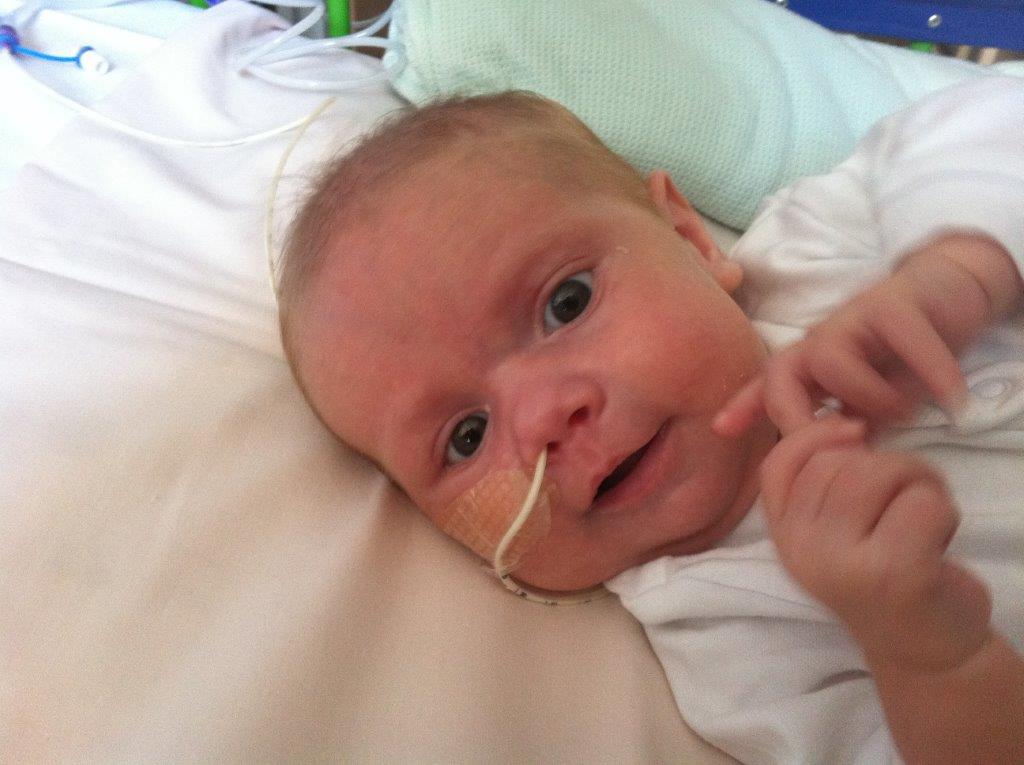
Fortunately for Nina, her parents discovered the work of Professor Bobby Gaspar, who joined GOSH as a junior doctor in 1993 before becoming an expert in immunology.
His work is partially supported by charitable donations, as well as grants, and has pioneered a procedure to harvest cells from bone marrow. In the laboratory these cells are given a working version of the ADA gene before being injected back into the patient, avoiding a complex and more dangerous bone marrow transplant, the only other form of treatment for Nina’s condition.
“We had an option at this point. We were told there were two ways of curing Nina. Either a transplant from a non-related donor, which is risky, or gene therapy, which is less proven. However, if she had had a transplant there was a risk of death, while with gene therapy there wasn’t. We knew which we were going to choose,” said Aga.
Professor Gaspar said: “This research came about because we saw how severely limited the treatment options were for this condition. When I first came here as a junior doctor we could only do bone marrow transplant, which meant up to half the patients were dying or had severe problems. I knew there must be a better way.”
Following her parents’ decision, Nina became part of Professor Gaspar’s trial as the first girl (and only the fourth patient) to undergo the treatment when her parents relocated back to Britain to come to GOSH (Graeme, 46, has always been a UK taxpayer).
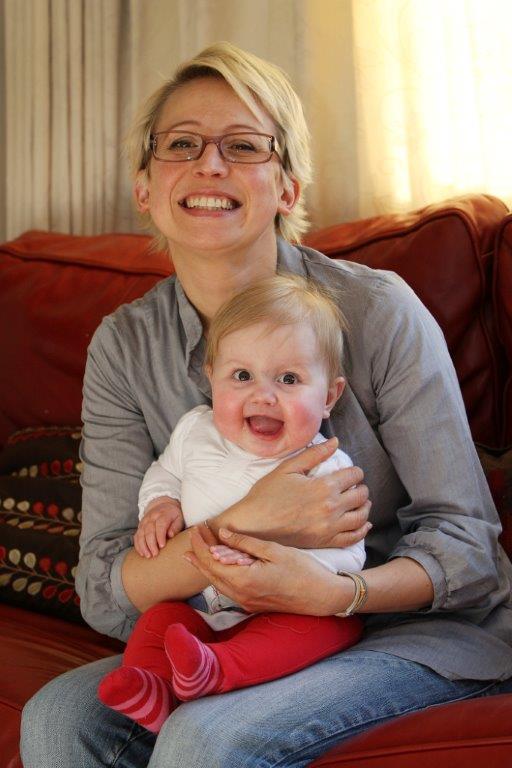
For Nina’s father, an engineer in the oil industry, two major factors helped with the decision to come to GOSH to join the clinical study led by Prof Gaspar. “First it was the stem cell treatment was far kinder to children, with a lot less suffering from the chemotherapy associated with bone marrow transplant. And secondly we knew with gene therapy that even if we lost Nina in the process, we would have done something that helps research and other families. There would be something positive that came out of it.”
Before the treatment could begin Nina needed three months in GOSH to get well. She was eventually given the stem cell treatment in April 2013, and while she wasn’t expected to show much of an improvement quickly, her blood cell count had nearly doubled by that summer. She went home after six weeks but lived for several months in a specially sterilised room at the family’s temporary home in Maidenhead. Nina’s condition is also known as “bubble baby” disease, since suffers have to live in a sterile environment. Now, though, she is a healthy little girl and will turn four in February.
“In some way her treatment was hardest on her sister Mia,” said Aga. “She couldn’t have friends over and early on when Nina was very sick we’d had to leave her in Poland with my grandmother.”
Now, though, the Warnell family are back home in Poland and only return once a year to GOSH for check-ups. “She’s at preschool now and runs around the garden sticking things in her mouth just like any other child,” said Graeme.
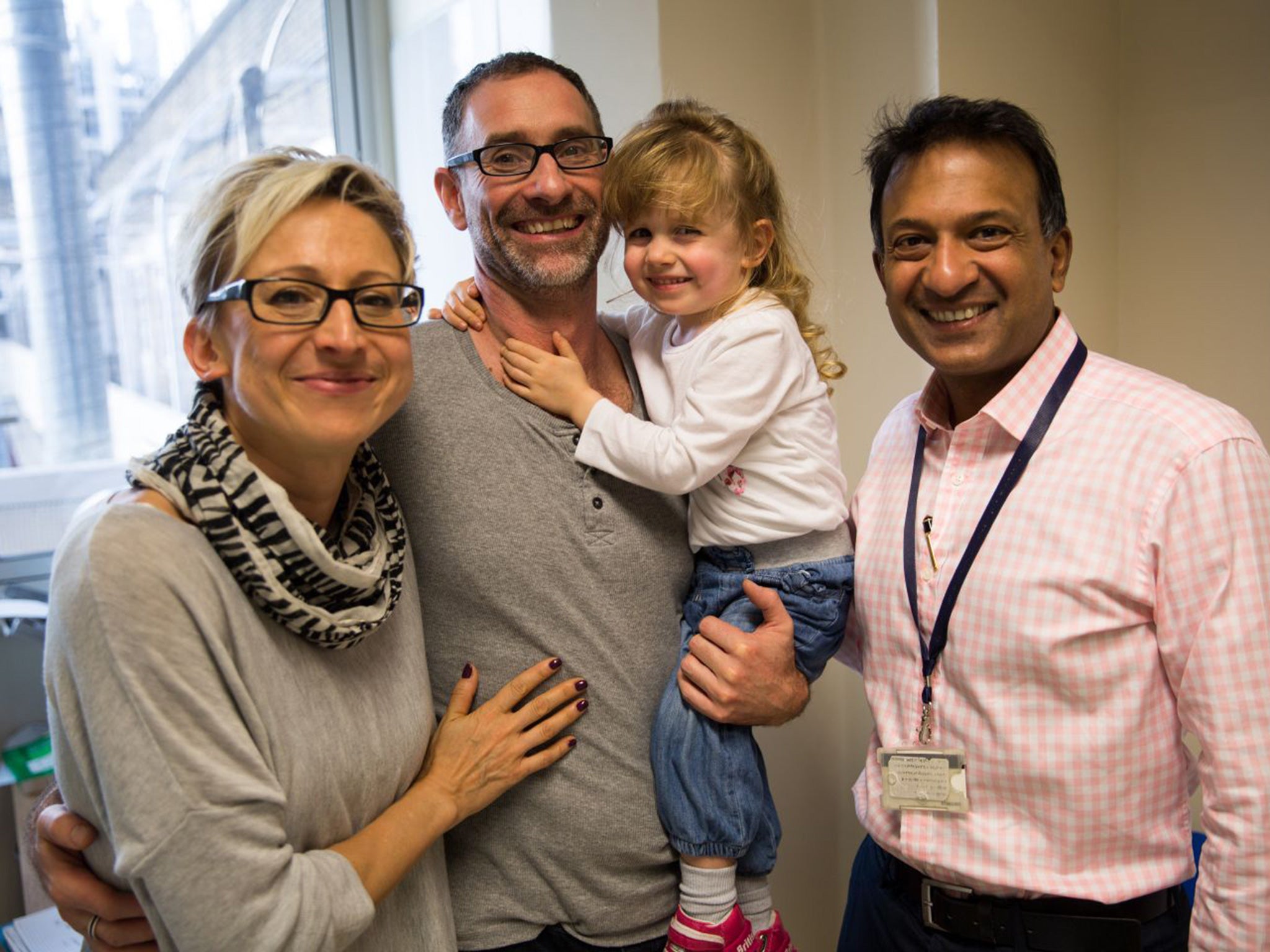
Professor Gaspar’s research, which is an example of the kind of life-saving research this appeal will support, has transformed a field of medicine where as recently as 50 years ago all children suffering from Nina’s condition would die within the first year of their life. Today there are around 20 cases a year and the team under Professor Gaspar is continuing to refine and develop their stem cell procedure.
“We laugh and say that she is a GMO, a genetically modified organism,” said Aga. “To us, it’s the medicine of the future.”
To Give to GOSH go to: http://ind.pn/1Mydxqt
To find out more about our appeal and why we're supporting GOSH go to: http://ind.pn/1MycZkr

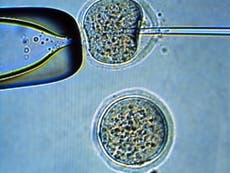

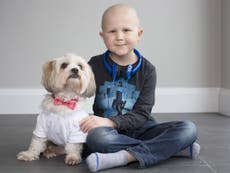
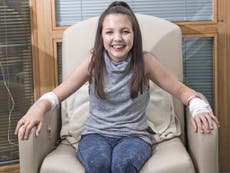
Join our commenting forum
Join thought-provoking conversations, follow other Independent readers and see their replies